Some flowers are rare treasures in the plant kingdom. These flowers bloom only once in a decade, making their appearances both mysterious and spectacular. This article explores these botanical wonders and their unique characteristics.
Corpse Flower (Amorphophallus titanum)
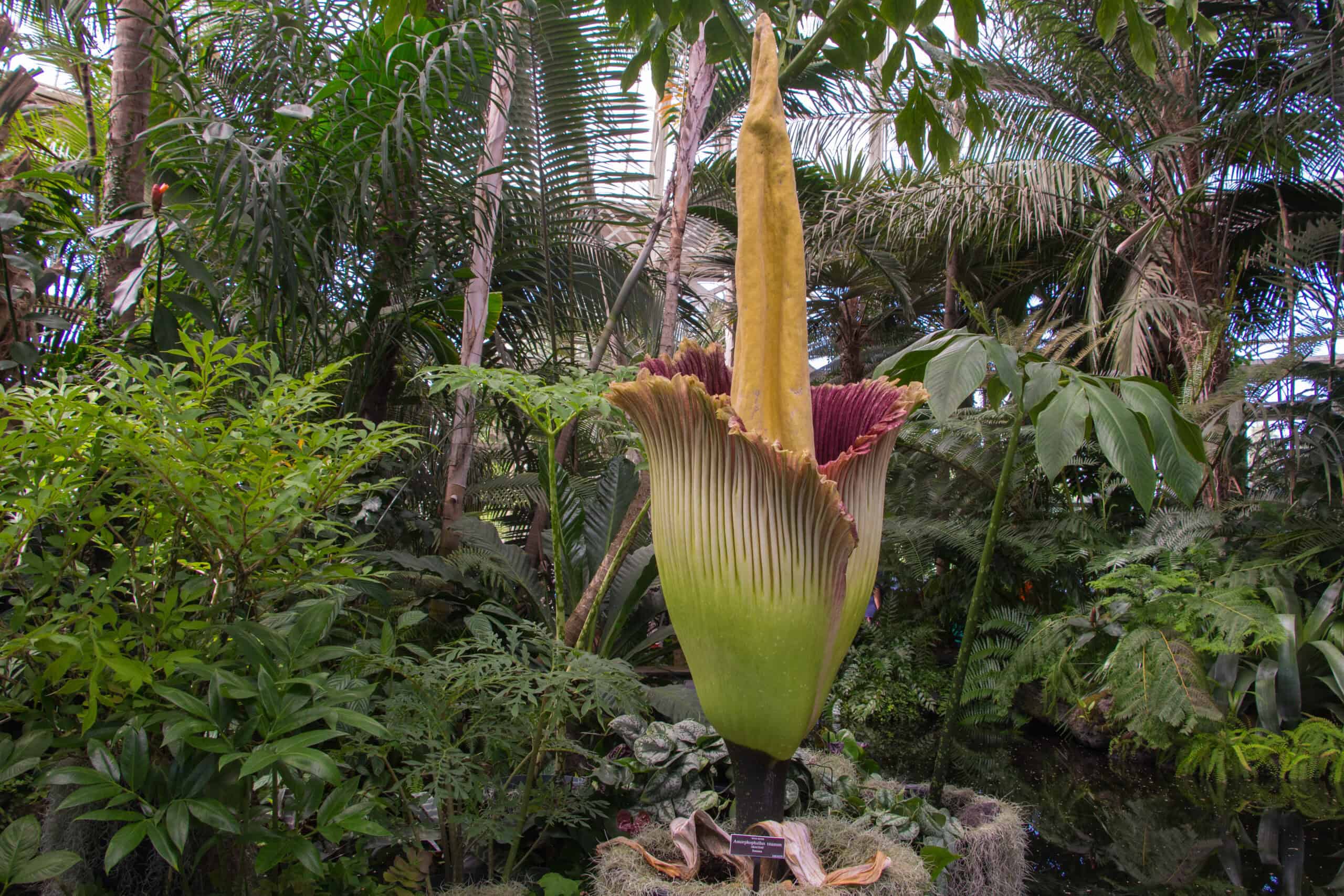
The Corpse Flower, native to the rainforests of Sumatra, Indonesia, is famous for its enormous size and foul odor. The plant can grow up to 10 feet tall, with a bloom that emits a smell reminiscent of rotting flesh, attracting pollinators like flies and beetles. It typically blooms every 7 to 10 years, creating a rare spectacle for plant enthusiasts. Each bloom lasts only a few days. The plant’s lifecycle includes a lengthy dormancy period, making each bloom a much-anticipated event in botanical gardens worldwide.
Agave americana (Century Plant)
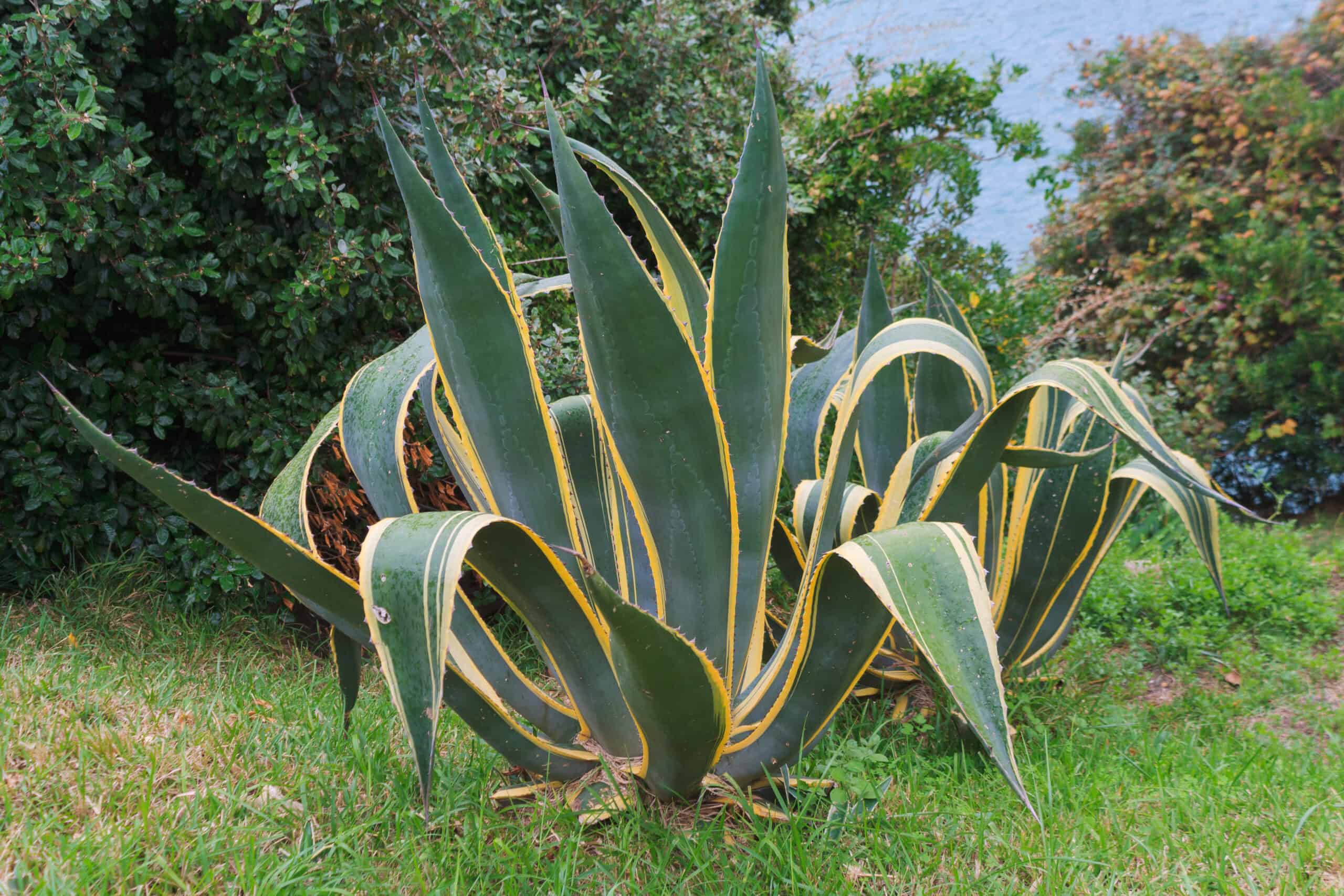
The Agave Americana, also known as the Century Plant, is native to Mexico and the southwestern United States. This succulent plant is known for its towering flower stalk that can reach heights of 20 to 30 feet. Despite its name, it typically blooms once every 10 to 30 years. After flowering, the plant dies, but not before producing offsets that continue its lineage. Its dramatic bloom and subsequent death make it a symbol of life’s cyclical nature.
Agave franzosinii (Majestic Agave)
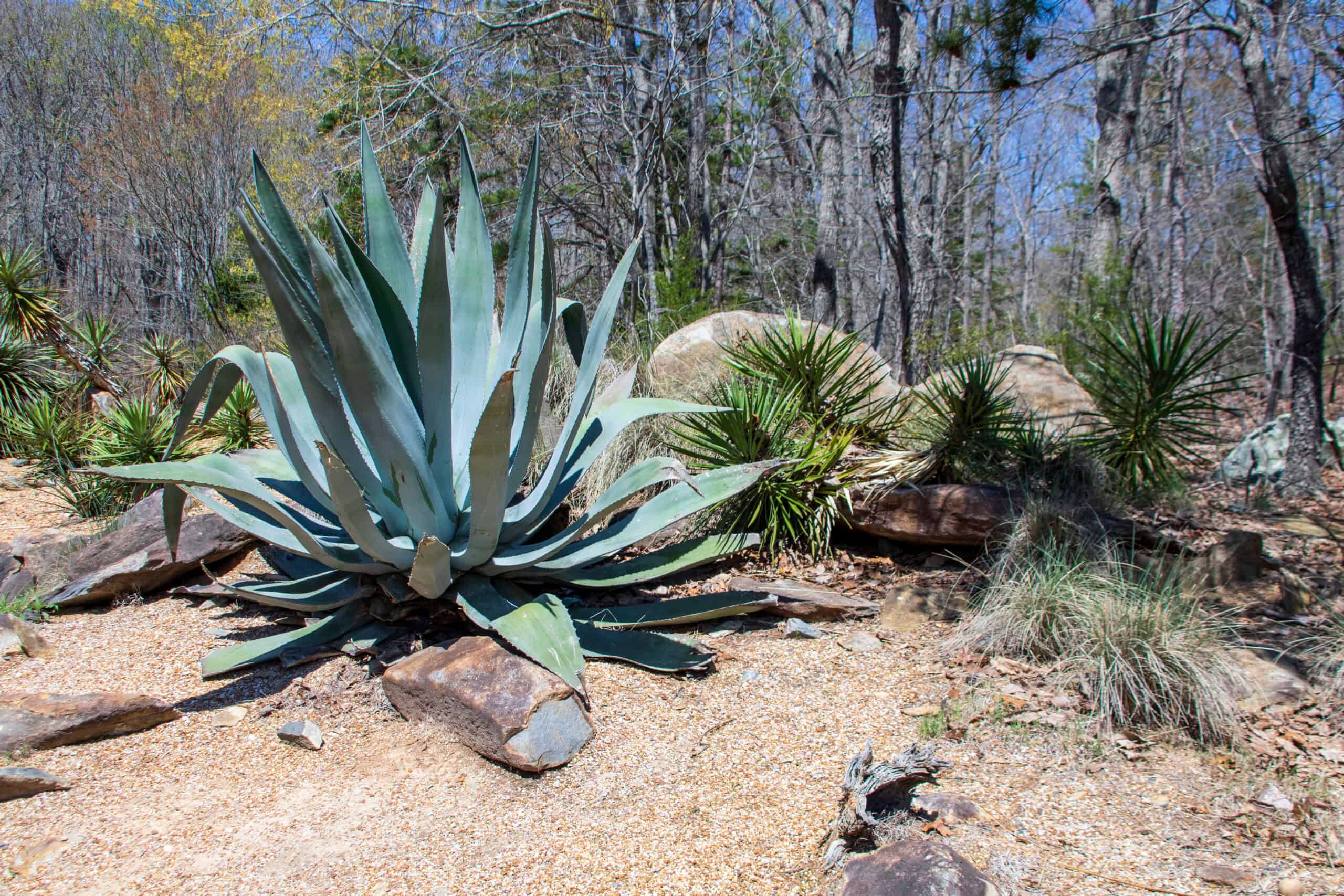
Agave franzosinii is a striking succulent native to Mexico. It has large, blue-gray leaves that form a rosette and can grow up to 2 meters (6.5 feet) in diameter. This agave is known for its impressive flower spike, which can reach heights of 6 meters (20 feet) or more. This agave blooms once in its lifetime, typically after 10 to 30 years. The flowers are yellow and appear on a tall stalk that emerges from the center of the plant. After blooming, the plant dies, but it often produces offsets, or “pups,” around its base.
Queen of the Andes (Puya raimondii)
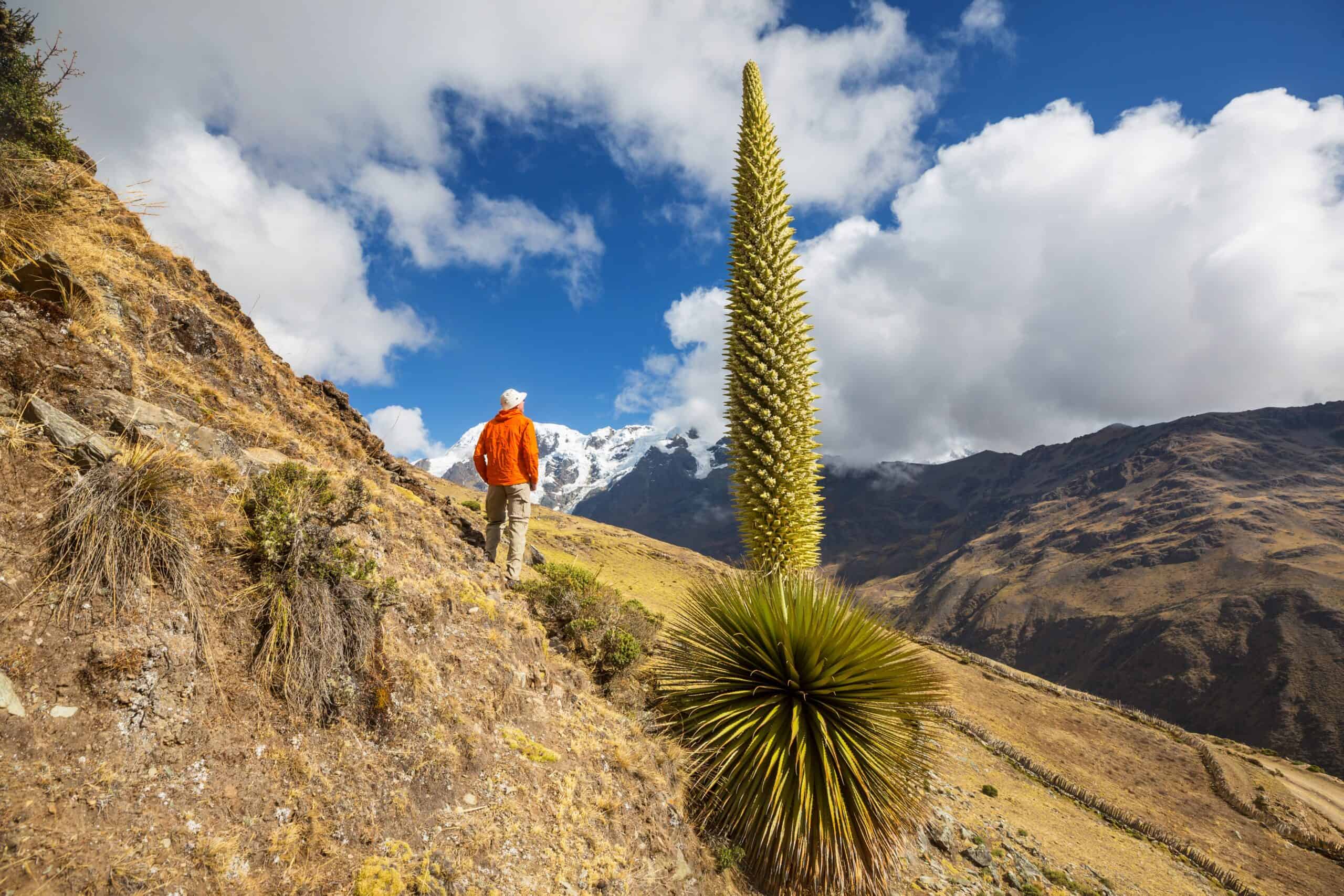
The Queen of the Andes, or Puya raimondii, is the largest bromeliad in the world and is native to the high Andes of Peru and Bolivia. This plant can reach heights of up to 15 meters (50 feet) when in bloom. Its inflorescence is a towering spike covered in thousands of white flowers. Puya raimondii blooms only once in its lifetime, usually after 80 to 100 years. It thrives in high-altitude environments, often between 3,000 and 4,800 meters (10,000 to 16,000 feet) above sea level. After blooming, the plant dies, leaving behind seeds for the next generation.
Kurinji (Strobilanthes kunthiana)
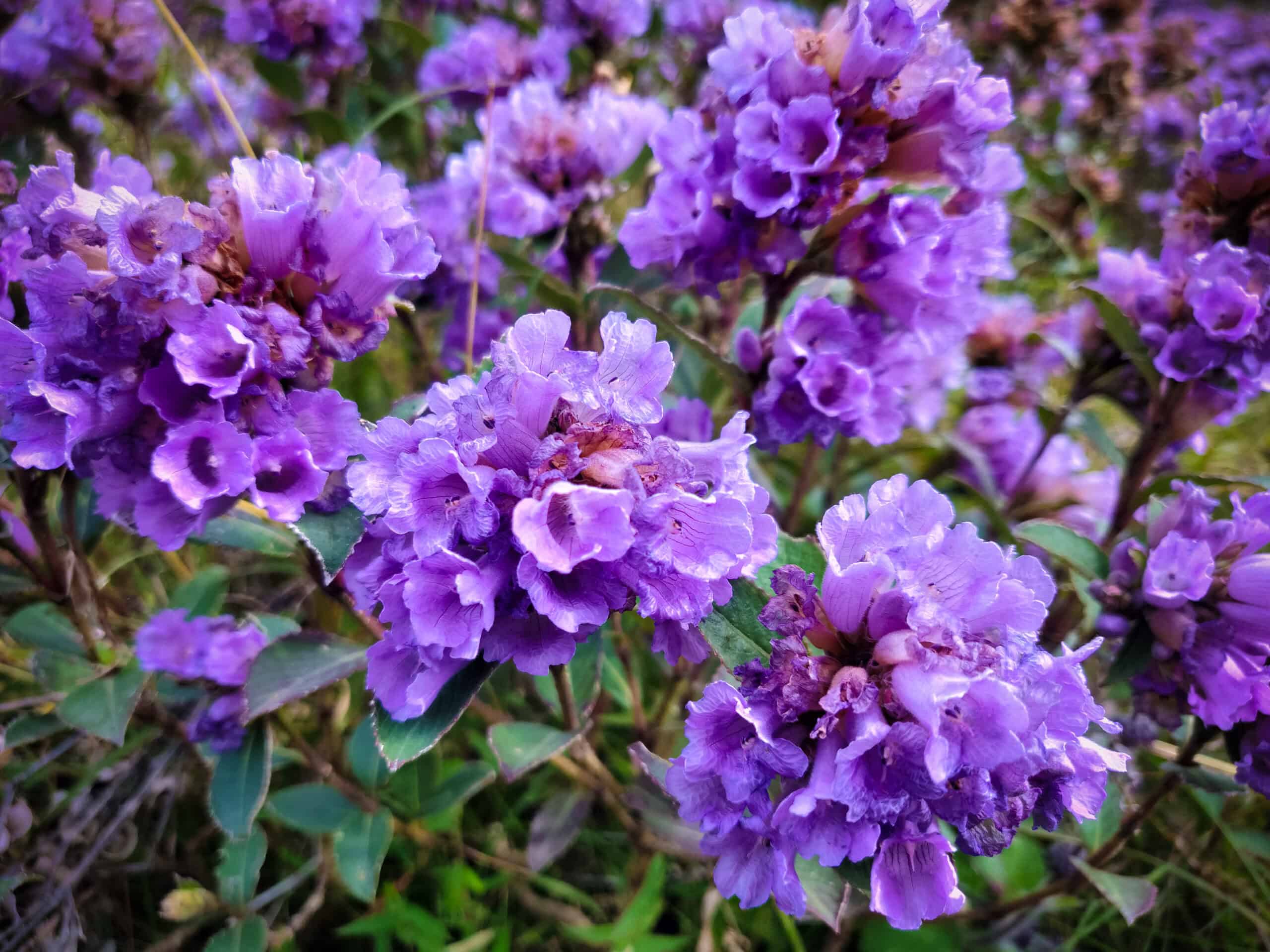
Kurinji, or Strobilanthes kunthiana, is a shrub found in the Western Ghats of India. This plant is famous for its mass blooming, which occurs every 12 years. When in bloom, the Kurinji covers the hillsides in a stunning display of blue flowers. The plant typically grows to a height of 30 to 60 cm (1 to 2 feet). Kurinji thrives in the montane grasslands and shola forests of southern India. Its flowers attract a variety of pollinators, including bees and butterflies, making it a crucial part of the local ecosystem.
Talipot Palm (Corypha umbraculifera)
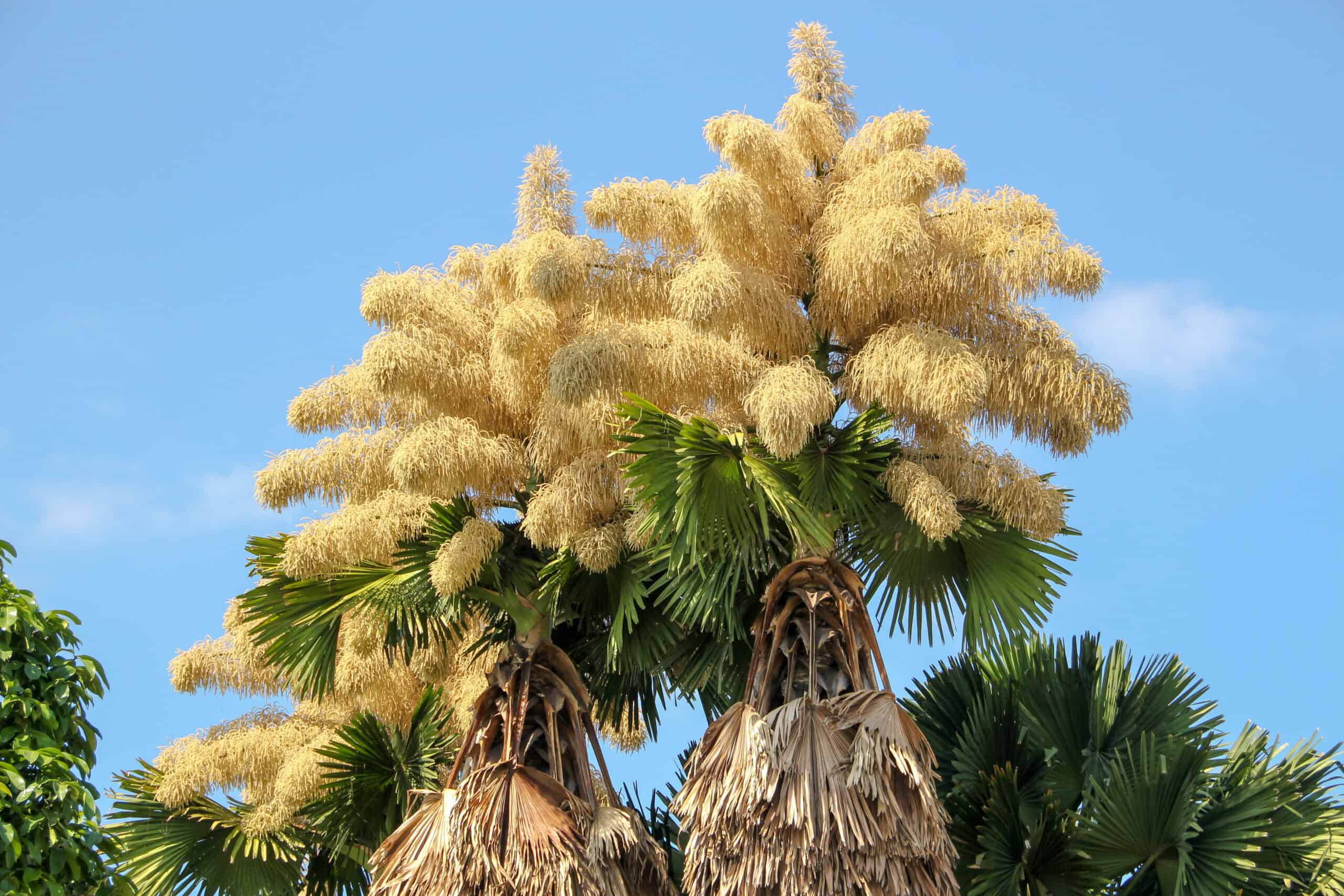
The Talipot Palm, known for its massive size, reaches up to 25 meters in height. Its fan-shaped leaves span over 5 meters in diameter. Found primarily in Sri Lanka and southern India, it thrives in tropical climates. It blooms only once in its lifetime, usually between 30 to 80 years. The flowering process lasts several months, producing thousands of tiny white flowers. After blooming, the palm dies. This rare event is a spectacle due to the immense size of the inflorescence.
Sheep Eater (Puya chilensis)
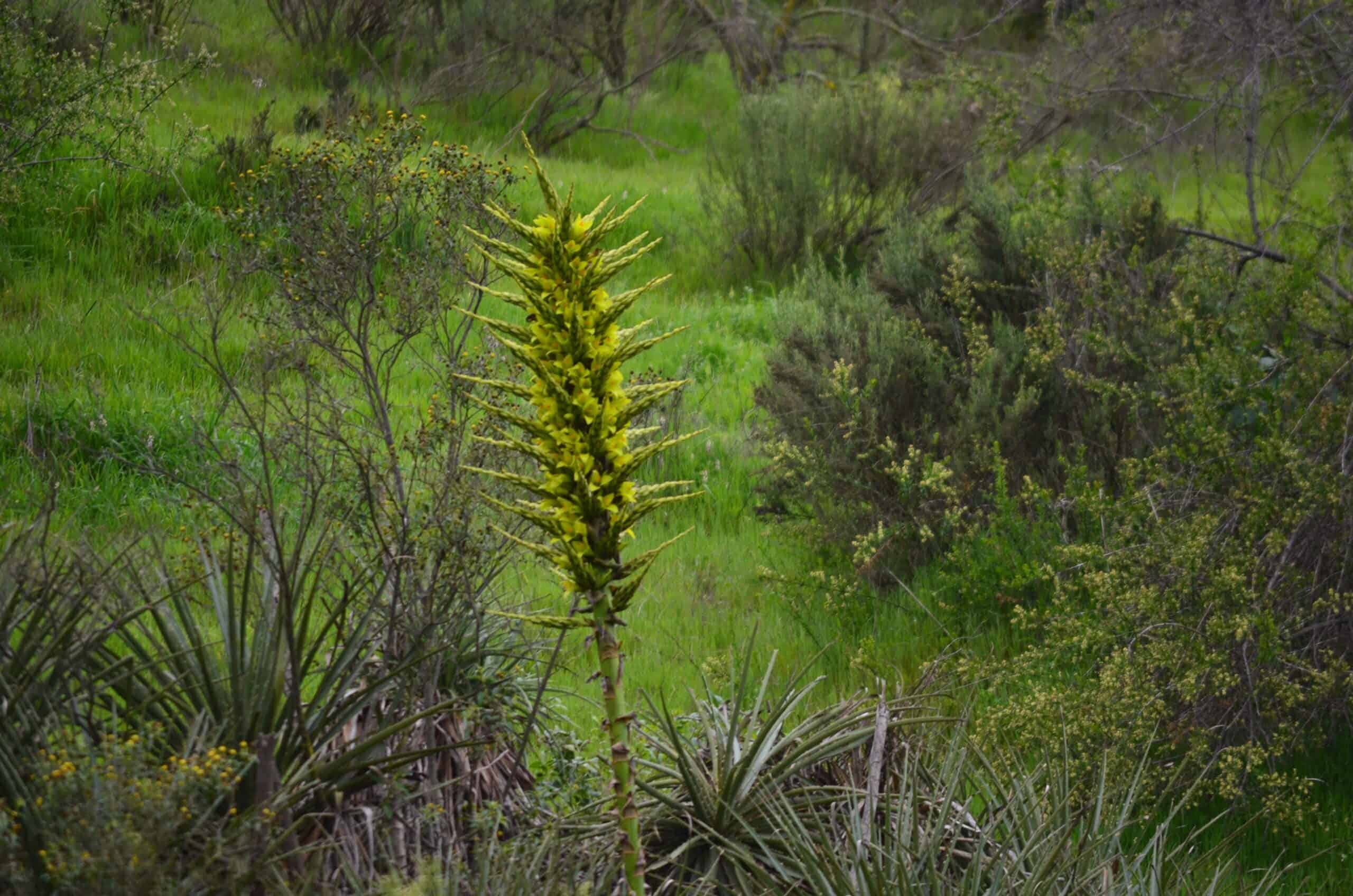
Sheep Eater, also known as Puya chilensis, is a fascinating and unique plant. It can grow up to 3 meters tall, with long, spiky leaves that form a rosette. Native to Chile, it thrives in arid and rocky environments. It is monocarpic and can only produce one flower in its lifetime. Its name comes from its ability to trap small animals in its spiny leaves, which then decompose, providing nutrients to the plant. The flowering process is a striking display, attracting pollinators such as birds and insects. After blooming, the plant may die, but it often produces offsets that continue its lineage.
Bamboo Blossoms
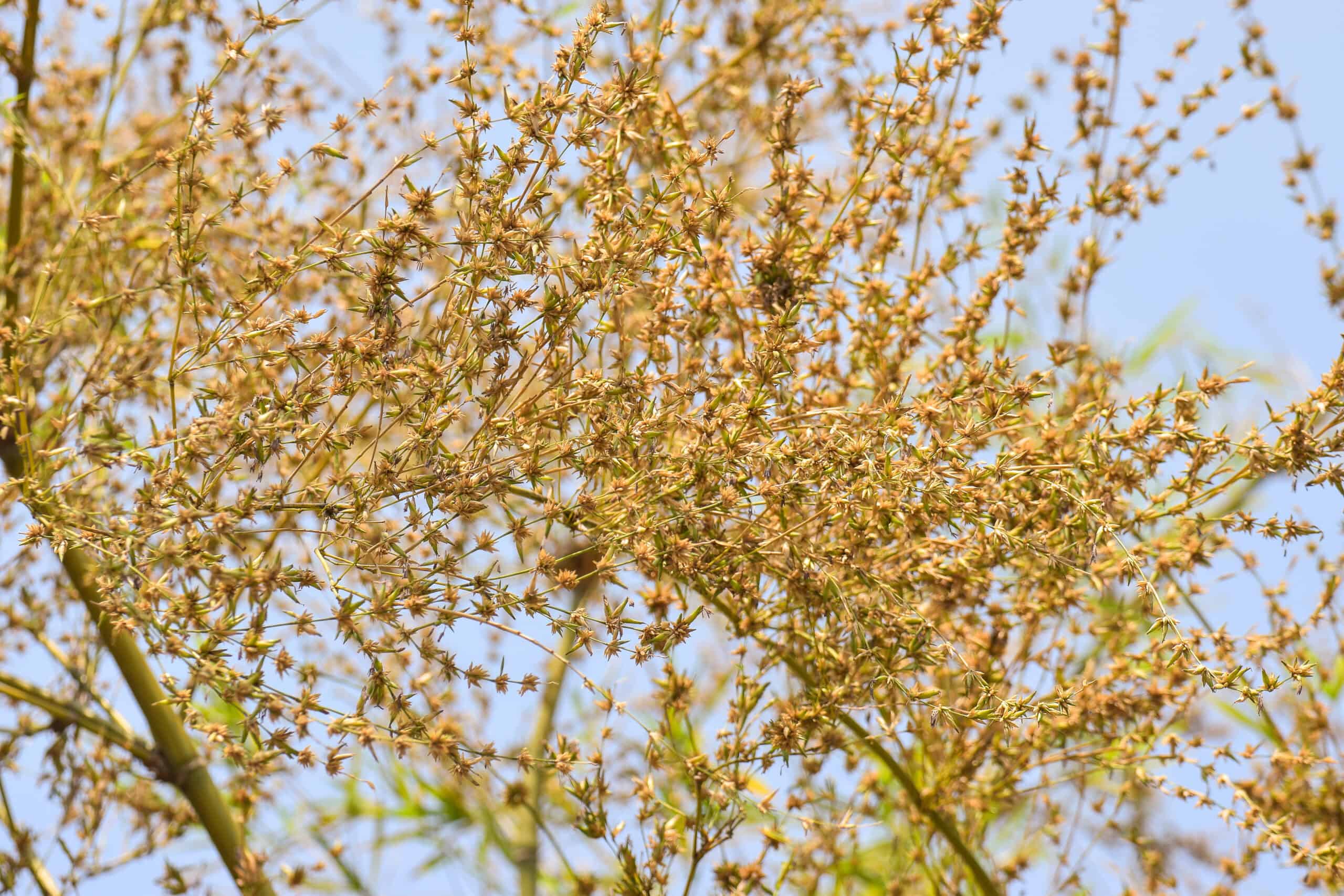
Bamboo blossoms are an extraordinary phenomenon, occurring once every 40 to 120 years. These plants belong to the grass family and can grow up to 30 meters tall. Native to various parts of Asia, they thrive in tropical and subtropical climates. When bamboo flowers, it often signals the end of its life cycle. The flowering process is synchronized among plants of the same species worldwide. After flowering, bamboo plants produce seeds and then die, a process known as mast seeding. This mass seeding provides a food source for many animals but can also lead to population booms and subsequent die-offs.
Giant Himalayan Lily (Cardiocrinum giganteum)
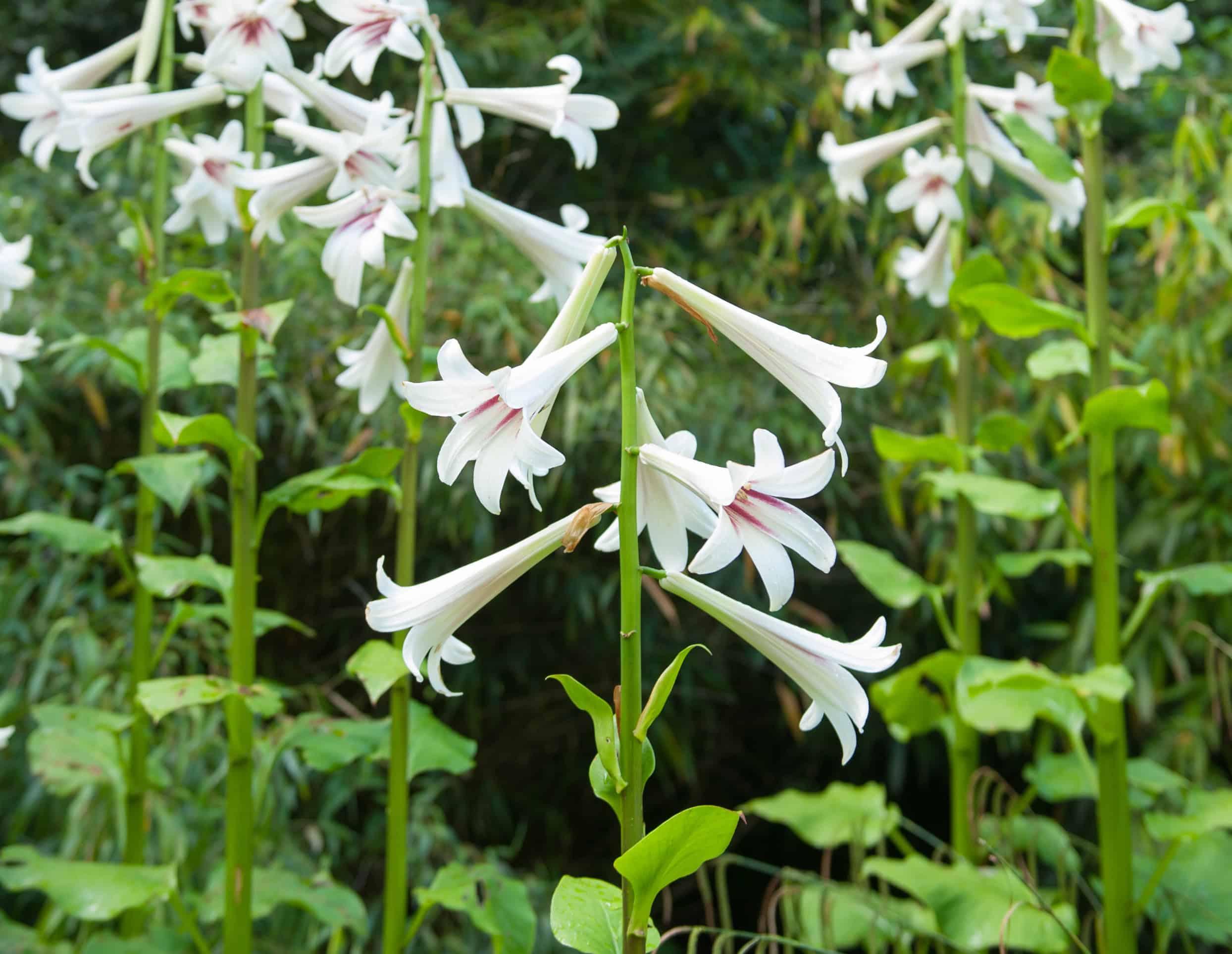
The Giant Himalayan Lily, known scientifically as Cardiocrinum giganteum, is a majestic flowering plant. It grows up to 3 meters tall with large, trumpet-shaped white flowers. Found in the Himalayan regions, it prefers cool, shaded, and moist environments. This lily blooms once every 5 to 7 years, making its flowering a special event. Its blooms are fragrant, attracting a variety of pollinators. After flowering, the plant dies but produces offsets or bulbils that ensure its continuation. The Giant Himalayan Lily’s impressive size and beauty make it a standout in any garden.
Youtan Poluo (Udumbara flower)
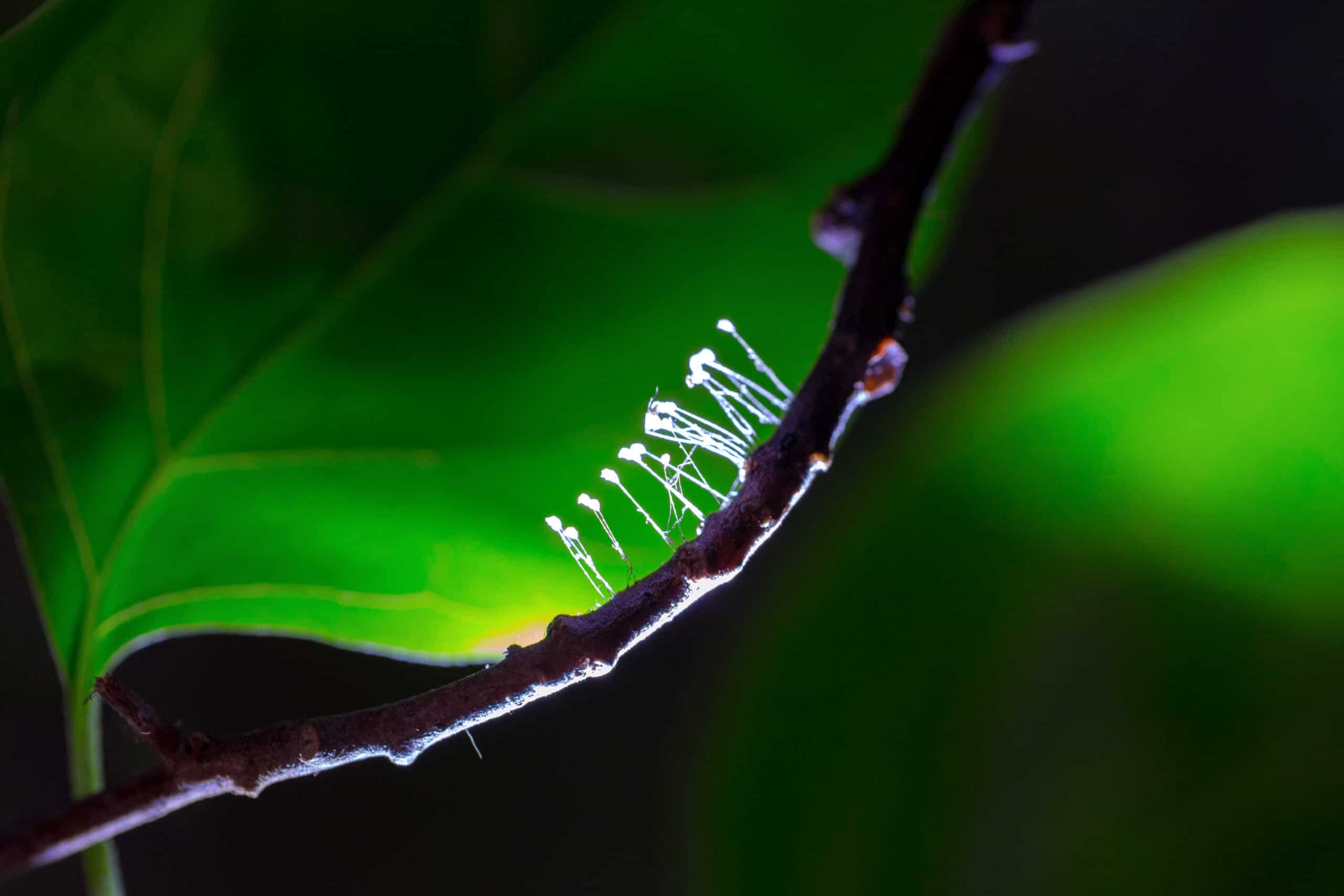
Youtan Poluo, often regarded as a mythical plant, has tiny, delicate flowers. These flowers are so small they resemble fine threads, measuring only about 1 millimeter. Found in various parts of Asia, it grows on the leaves of other plants. Youtan Poluo is said to bloom once every 3,000 years, making it incredibly rare. The flowers are white and emit a subtle fragrance. Its elusive nature has made it a subject of legends and spiritual significance. The Youtan Poluo’s rarity and mystical qualities captivate those who encounter it.
This article originally appeared on Rarest.org.
More from Rarest.org
1959 Franklin Half Dollar Value Guide

The 1959 Franklin half-dollar is made of 90 percent silver and 10 percent copper. Its silver content is equivalent to 0.36169 troy oz. Read More.
1948 Roosevelt Dime Value Guide

The 1948 Roosevelt dime is among the US’s most beloved and popular coins. It was first struck in 1946 to replace the Mercury dime. Read More.
The 14 Most Expensive Music Memorabilia Ever Sold

Music memorabilia offers a unique glimpse into the lives and legacies of iconic artists, often capturing pivotal moments in music history. From instruments that created legendary tracks to personal items that reveal intimate stories, these valuable artifacts hold immense cultural and emotional significance. Read More.
